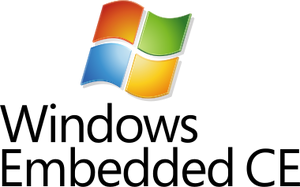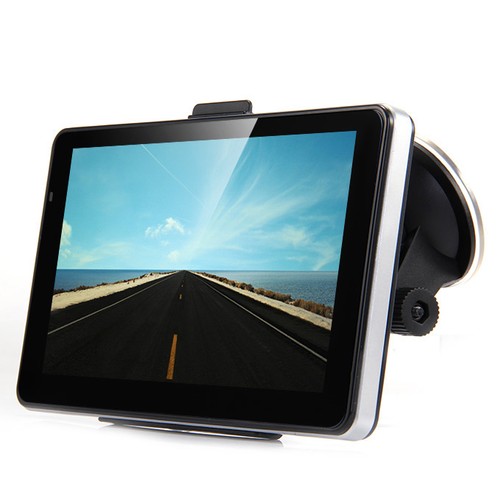Windows Media Player 6.0 free download - Windows Media Player (64-bit), Windows Media Player 12, Windows Media Player (Windows 98SE/2000/Me), and many more programs. Smart Mahjongg is the adaptation of a popular old Chinese board game for Windows Mobile devices. Other names are Mah Jong, Taipei, Taipeh or Shanghai: Glympse for Windows Mobile Pocket PC, Win CE Version: 1.02 Upload date: 21 Oct 12 Tags: Internet & Communications, Travel & Navigation.
Thanks for your help.Actually we got flash lite (in binary form, dll) from BSP vendor as part of
the BSP. Now we have a requirement for streaming FLV4 media, so we are
thinkig of make use of the existing flash lite binary,
>>1. a reader/receiver for the streaming protocol (file? HTTP? RTSP? Flash->>specific?)
>>2. a parser/splitter for the specific file format/transport stream (FLV)
I have a question here, i don't know whether FLV4 reader and splitter can be
individual filters and will be invoked by flash lite when it (if i am right
IE invoking flash lite) comes across FLV4 media? If not then we have only
option of contacting BSP vendor for all the flash lite, reader, splitter as
one module. Can you please suggest me for alternatives on this.
>>3. a video decoder for the specific video format (VP6)
We are thinking of purchasing ON2-VP6 codec, if that is the case is it
sufficient writing DirectShow Trasnform Filter?
Windows Ce Media Player
>>4. an audio decoder for the specific audio format (MP3)
I think we are already able to play MP3 files in WMP. I feel we already have
this DirectShow filter in the BSP.
>>If you play a file (or if you download then play an HTTP resource), then you already have #1, otherwise you may need to write one. You will have to write #2.
I am new to media technologies, can you please suggest me any related info
or URL's to proceed on these things and also for developing a sample flash
application using flash lite.
Thanks,
Venkat
| Developer | Microsoft Corporation |
|---|---|
| OS family | Windows CE |
| Working state | Current |
| Source model | Closed source (shared source kernel[1]) |
| Latest release | 2013 / June 2013 |
| Available in | Multilingual |
| Platforms | x86, MIPS, ARM, SuperH |
| Kernel type | Monolithic kernel Hybrid kernel |
| License | Proprietary software(Microsoft EULA) |
| Official website | Windows CE |
Windows CE (also known officially as Windows Embedded Compact post version 6.0,[2][3] and sometimes abbreviated WinCE) is Microsoft's operating system for embedded devices and minimal computers. Windows CE is a different operating system and kernel. It is not a trimmed-down version of desktop Windows. It is not Windows XP Embedded which is NT-based.
The Zune portable media player, as well as the Windows Mobile and Windows Phone 7smartphone platforms are based on Windows CE.

Version 8, or Windows Embedded Compact 2013, released in June 2013 is the only still supported version (until October 10, 2023).
Versions[change | change source]
| Version | Changes |
|---|---|
| 1.0 | Released in November 1996 [MSCE1].[4] Codenames 'Pegasus/Alder'.[5]
|
| 2.0 | Released in September 1997 [MSCE2].[4] Codename 'Birch'.[5]
|
| 3.0 | Released in June 2000 [MSCE3].[4] Codename 'Cedar'.[5]
|
| 4.x | Released in January 2002 [MSCE4].[4] Codename 'Talisker/Jameson/McKendric'.[5] Changed the driver structure a lot. And added Features.
|
| 5.0 | Released in August 2004.[5] Adds lots of features. Codename 'Macallan'.[5]
|
| 6.x | Released in September 2006. Codename 'Yamazaki'.[5]
|
References[change | change source]
Windows Ce 6.0 Media Player Windows Xp
- ↑'Microsoft opens full Windows CE kernel source'. Archived from the original on 2012-12-09. Linux Devices' article(Nov. 01, 2006).
- ↑Microsoft renames Windows CE, sets CE 6.0 launch date
- ↑Windows Embedded Homepage
- ↑ 4.004.014.024.034.044.054.064.074.084.094.104.114.12'Risk Analysis of Mobile Devices with Special Concern of Malware Contamination'(PDF). 090517 2000grad.com
- ↑ 5.05.15.25.35.45.55.6'Windows Embedded Blog : CE 6.0 - why the codename 'Yamazaki' ?'. 090517 blogs.msdn.com
- ↑'Pen Computing Magazine: Windows CE .net'. 090517 pencomputing.com
- ↑ 7.07.17.2'MS readies WinCE 5.0 preview'. 090517 theregister.co.uk
- ↑'The History of the PDA'. 090517 seditaville.com
- ↑'Introduction to Microsoft embedded technologies - Session 1'. 090517 embedded.net.nz
- ↑'Differences between Windows CE 5.0 and Windows CE 6.0'. Archived from the original on 2012-12-09. 090517 windowsfordevices.com
Windows Ce Media Player Download
